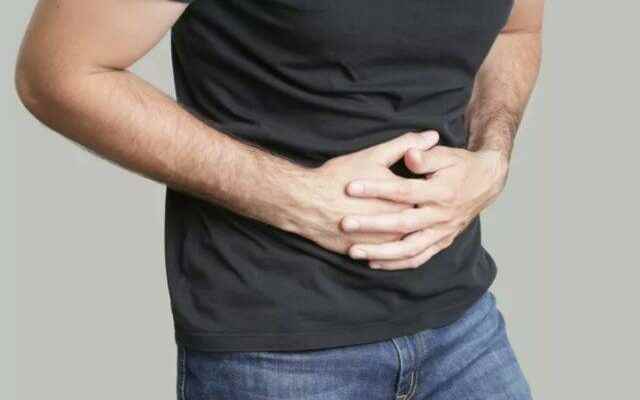The negativities experienced in the earthquake area can affect both health and psychology. It is pointed out that the problem of water, medicine and hygiene in the earthquake area creates an epidemic risk. As the risk of diseases such as flu and pneumonia increases, people who cannot find water have to drink unhygienic mains water, which can lead to the risk of dysentery.
Dysentery Symptoms
Dysentery signs and symptoms range from mild to severe, depending largely on the overall quality of cleanliness in the area where the infection has spread. The most common mild symptoms of dysentery include diarrhea, mild stomach pain, and stomach cramps. These signs and symptoms usually appear 1 to 3 days after infection. Under normal conditions, the sick individual recovers in about a week. In addition, some individuals may develop lactose intolerance for a long time after dysentery, sometimes for years.
HOW IS DYSANTHERY TRANSMITTED?
Since amoeba can survive outside the body for a long time, especially in unhygienic areas, they can contaminate food and water, as well as directly infect other people. They can also settle on people’s hands after using the toilet. Paying attention to careful and regular hygiene reduces the risk of spreading the infection. This type of dysentery is more common in the tropics.
In addition to these primary causes, dysentery can also be caused by a parasitic worm infection, chemical irritation or viral infection in the intestines.
HOW TO PREVENT Dysentery?

Individuals should wash their hands with soap and water regularly, especially after going to the toilet and before preparing food, to reduce the risk of infection. This approach can reduce the frequency of other types of diarrhea, particularly shigellosis, by up to 35 percent.
In addition to hygiene habits, the risk of dysentery can also be reduced by taking steps such as drinking only bottled and known source water while traveling, cleaning the mouth of the bottle before drinking water from the bottle, and thoroughly cooking the consumed food. In addition to using clean water for tooth cleaning, it is important to ensure that it is produced from clean water, especially when consuming ice, in terms of preventing dysentery.
